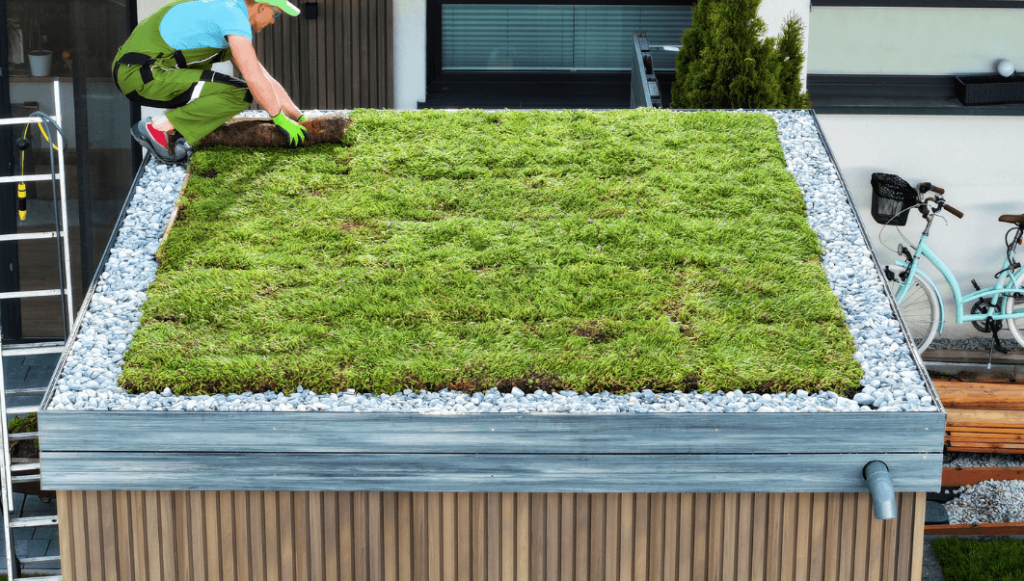
As sustainability becomes a priority across industries, the roofing sector is playing a crucial role in achieving green building certifications. Certifications like LEED set benchmarks for designing and constructing buildings that prioritize energy efficiency and resource conservation. They also focus on minimizing environmental impact during operation
Understanding Green Building Certifications
Green building certifications are standards that recognize buildings meeting specific environmental and sustainability criteria. In the roofing industry, these certifications often focus on energy efficiency, the use of sustainable materials, water management, and reducing the building's overall environmental footprint.
Key Steps in the Certification Process
- Material Selection: Choosing eco-friendly roofing materials is the first step. These include cool roofs, reflective coatings, and recycled or sustainably sourced materials that minimize environmental impact and improve energy efficiency.
- Energy Efficiency: Roofs play a significant role in a building's energy consumption. Green roofs or solar panels, can help a building meet the requirements for certifications like LEED.
- Waste Reduction: The roofing installation process should prioritize waste reduction, including recycling old materials and minimizing construction waste. This step is vital for meeting green building standards.
- Water Management: Rainwater harvesting systems or permeable roofing materials, contribute to a building’s sustainability and support certification efforts.
- Documentation and Compliance: Throughout the roofing project, detailed documentation is required to demonstrate compliance with certification criteria. This includes records of materials used, energy savings calculations, and waste management practices.
- Certification Application: Once the roofing project meets all the necessary criteria, the building owner or project manager submits an application to the relevant certification body, such as the U.S. Green Building Council for LEED certification.
- Inspection and Approval: The certification body reviews the application and may conduct inspections to verify that the building, including its roofing system, meets all the required standards. Upon approval, the building receives its green certification.
The Benefits of Green Certification
Achieving green building certification provides several benefits. It enhances the building’s market value, reduces operational costs, and contributes to environmental conservation. For roofing contractors, specializing in green certifications can open up new business opportunities and position them as leaders in sustainable construction.
In conclusion, The green building certification process in the roofing industry is a comprehensive approach that integrates sustainable practices from material selection to final installation. By embracing these standards, the roofing industry not only contributes to environmental sustainability but also meets the growing demand for eco-friendly building solutions.